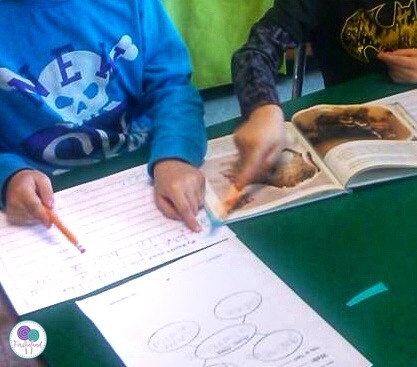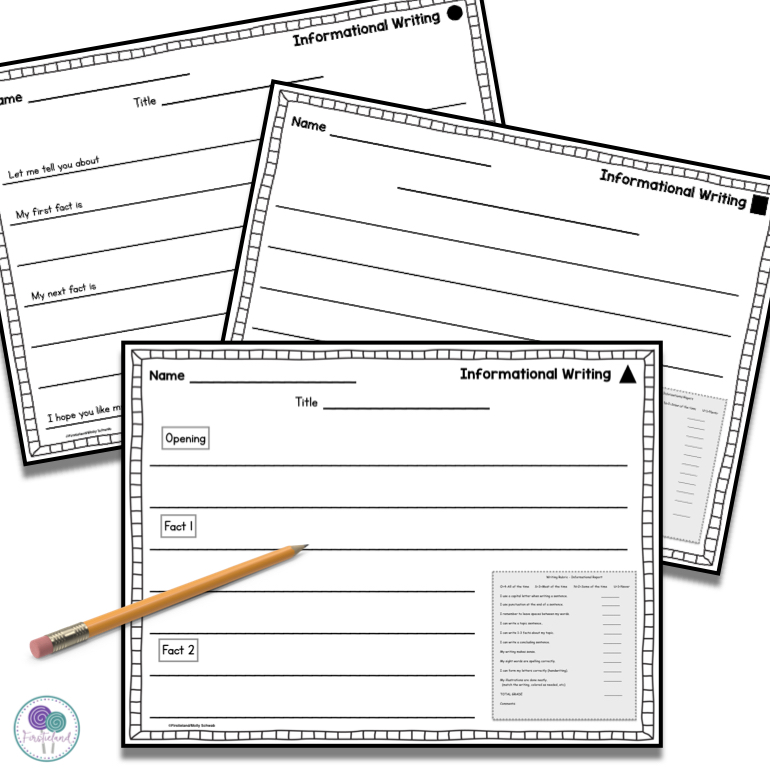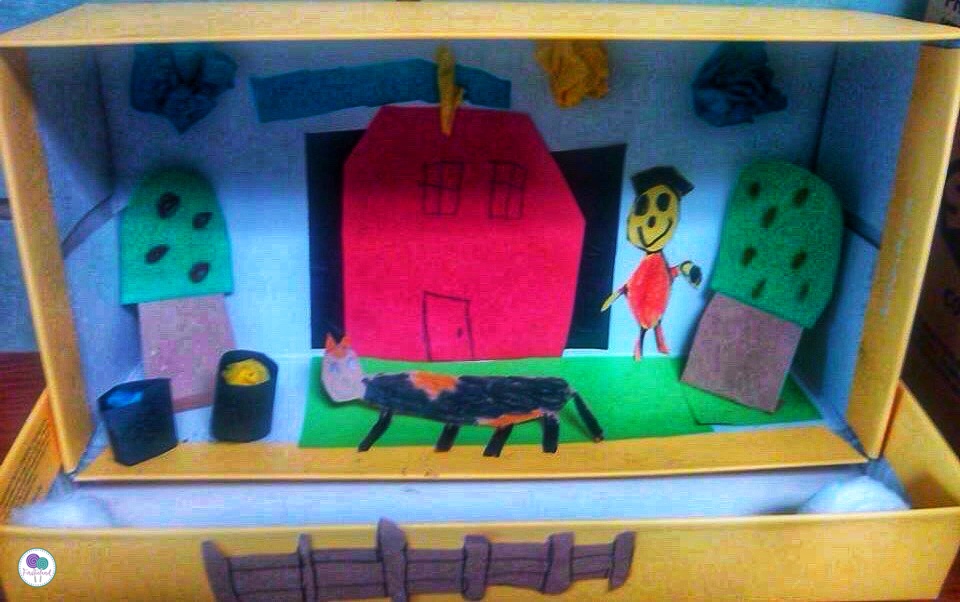Learning about animal habitats in first grade is always a fun and exciting activity. Students love learning about different animals and this lesson makes it even more engaging when they get to build their own habitat!
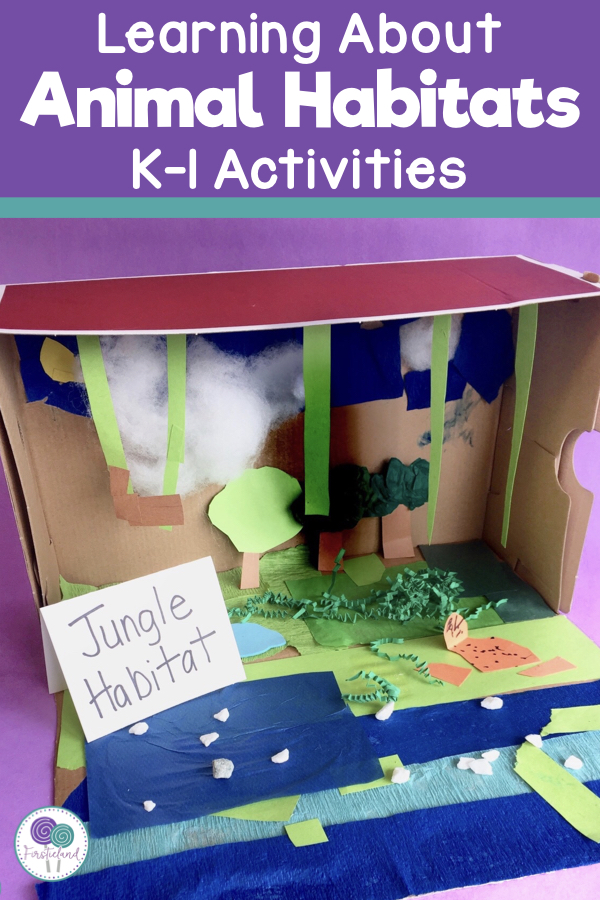
What Is A Habitat?
To begin, we needed to understand the definition of a habitat and the animals that lived in the different habitats around the world. We watched a couple of short videos on Youtube to help us set the stage.
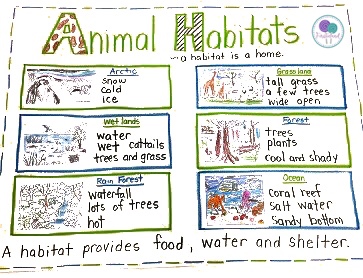
Choosing An Animal To Research
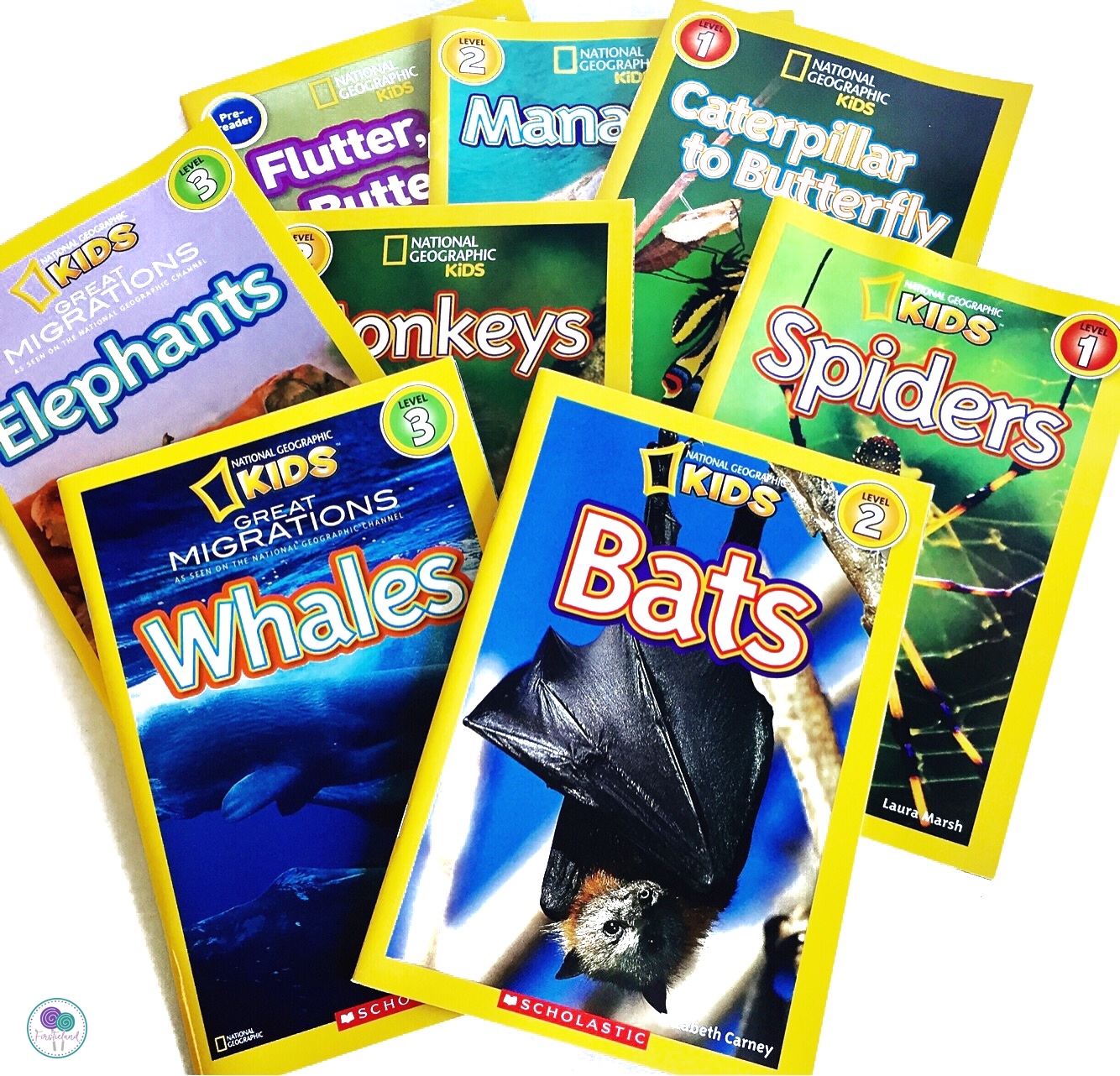
Pre-Writing Activities
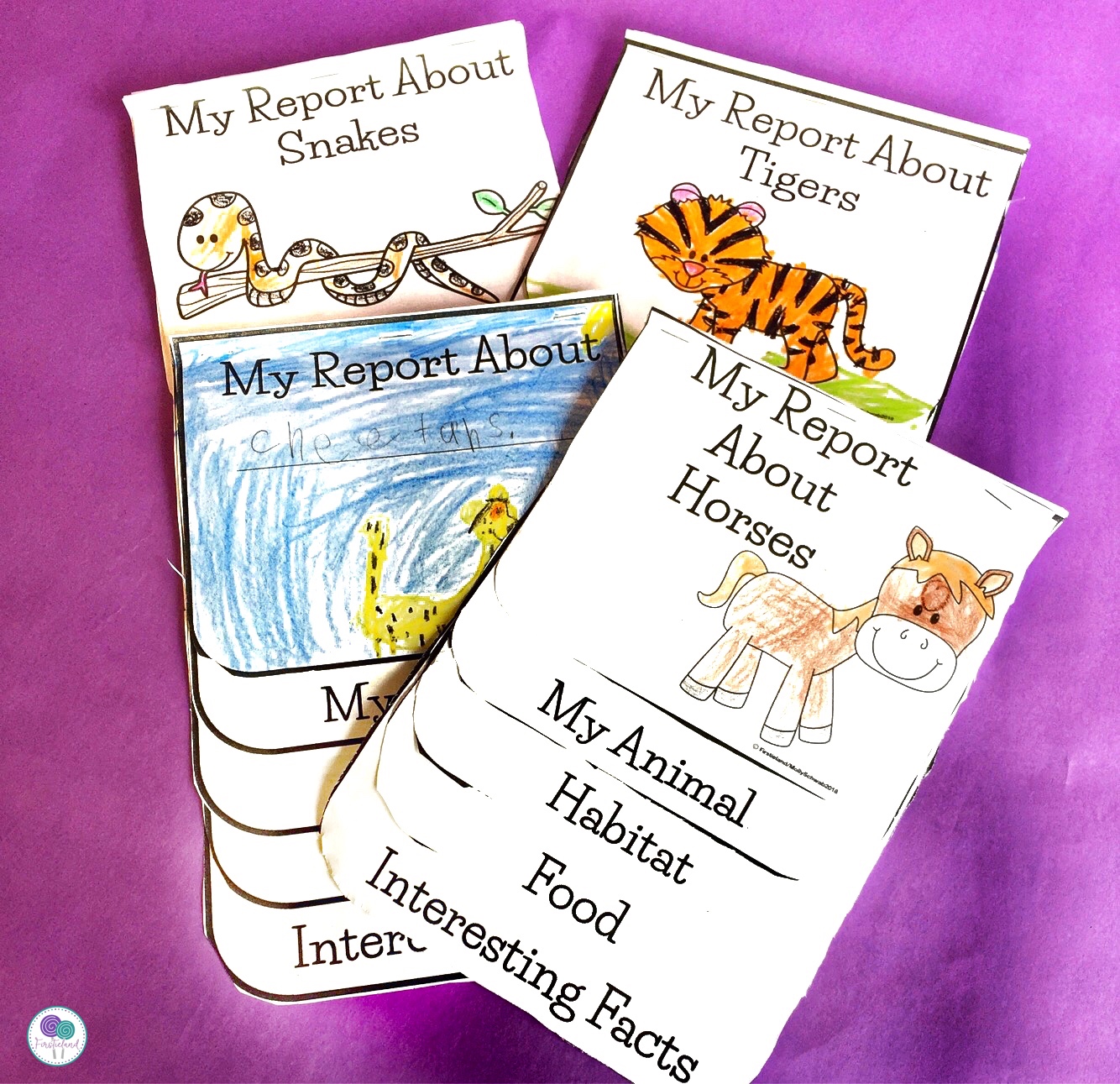
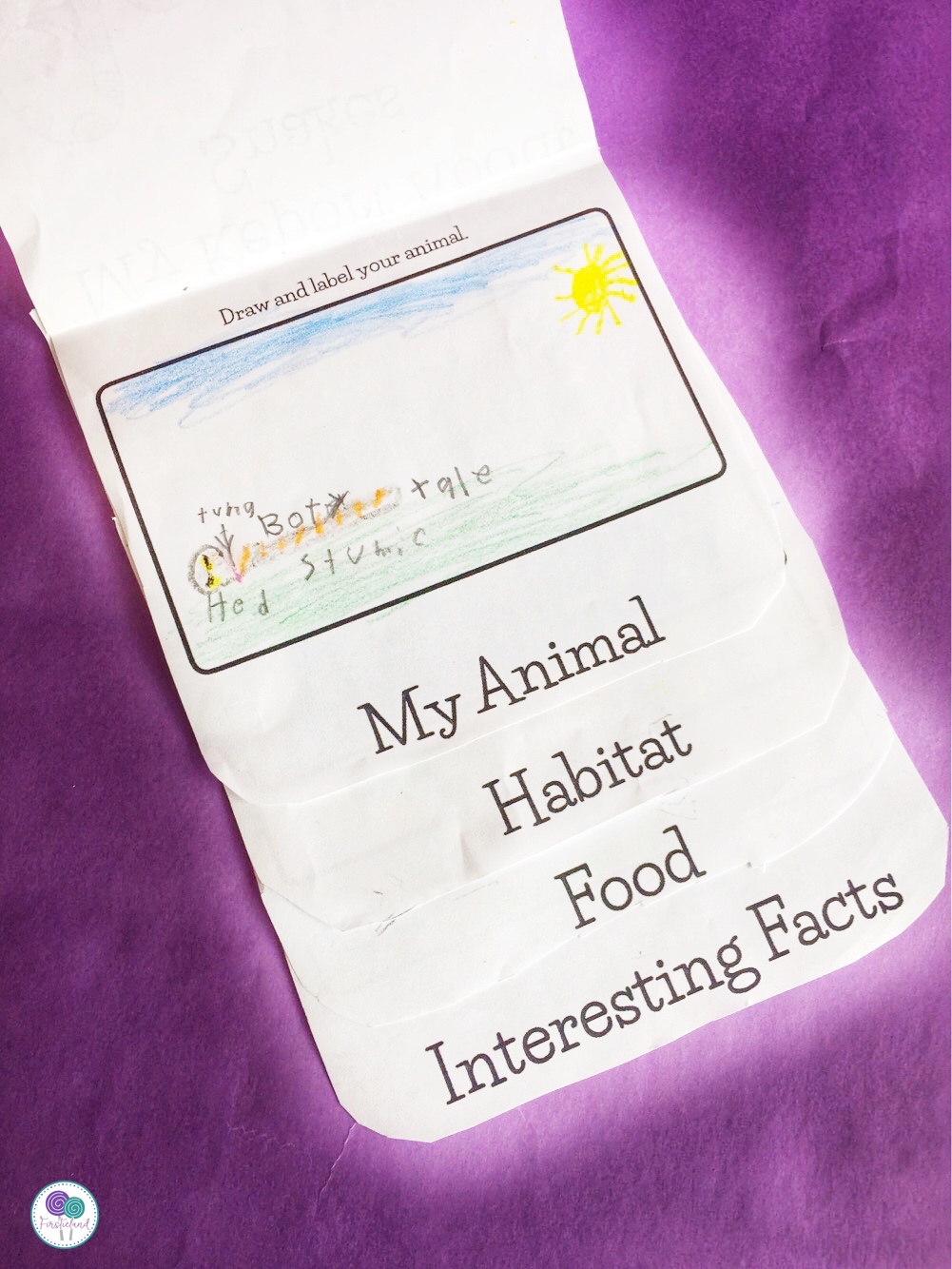

Building Our Animal Habitats
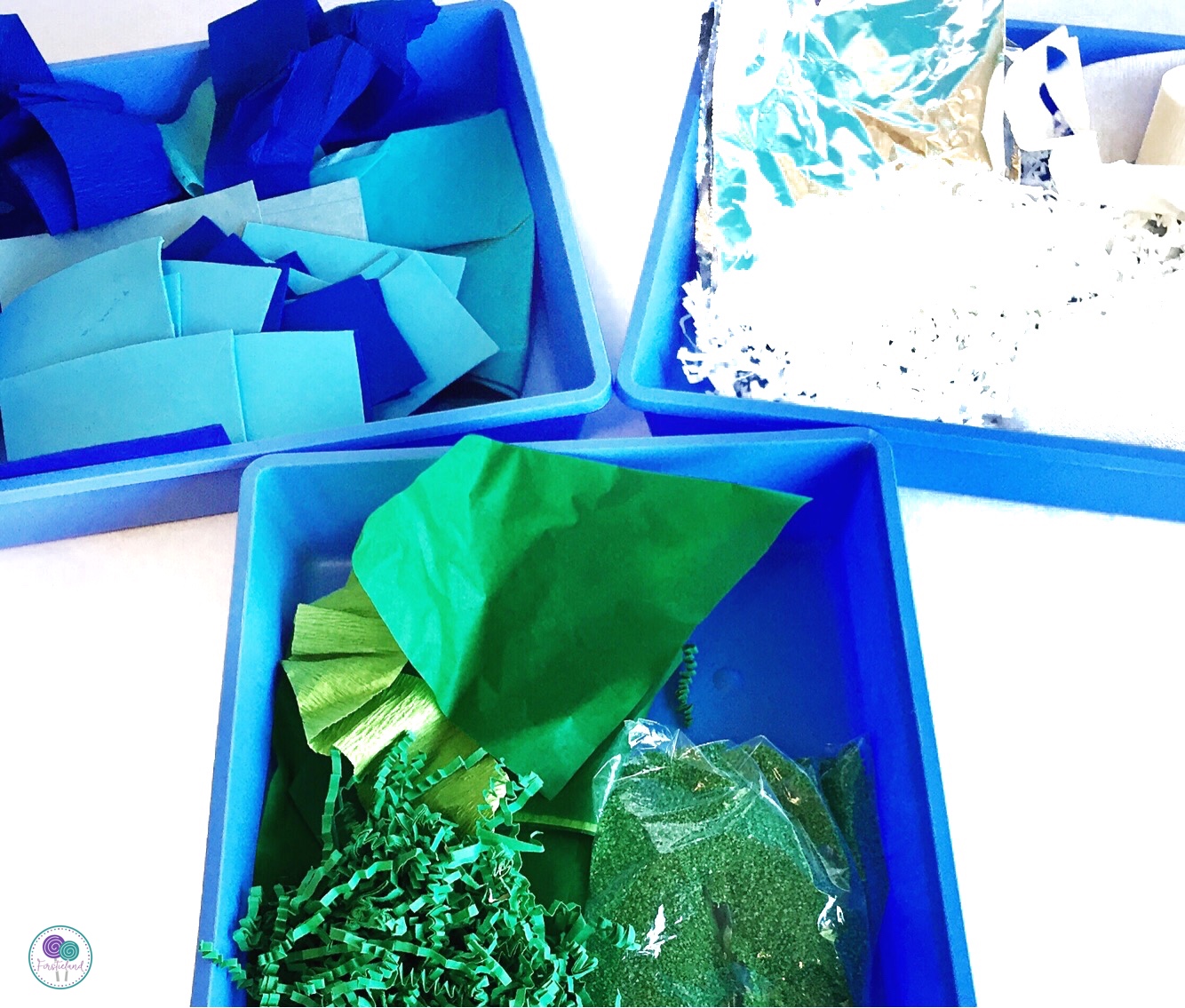
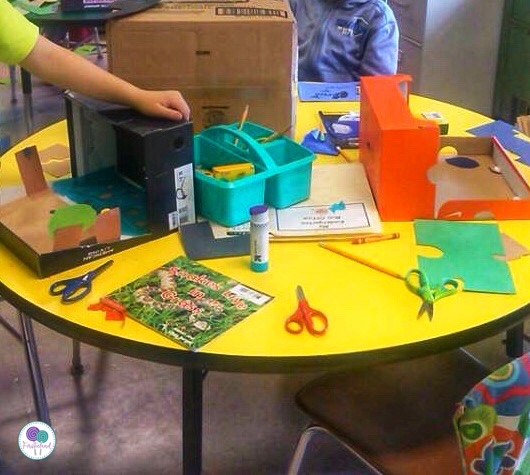
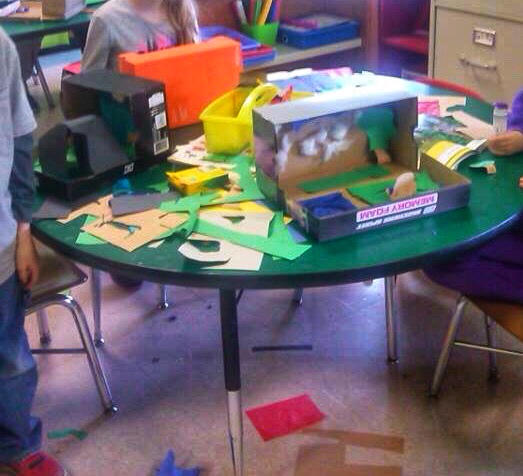
Our Completed Animal Habitats
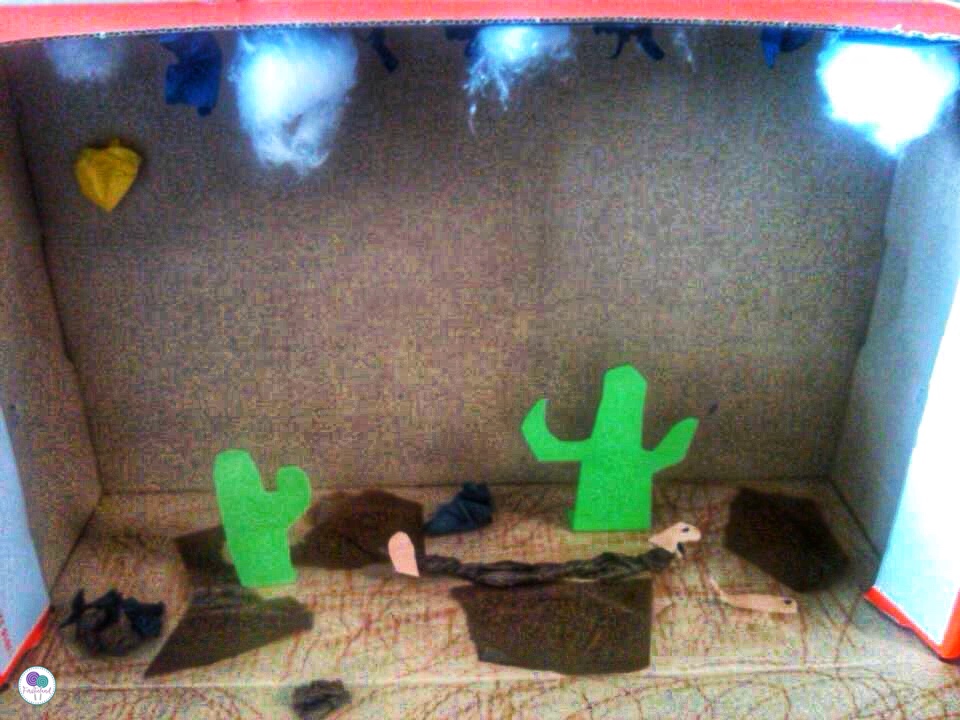
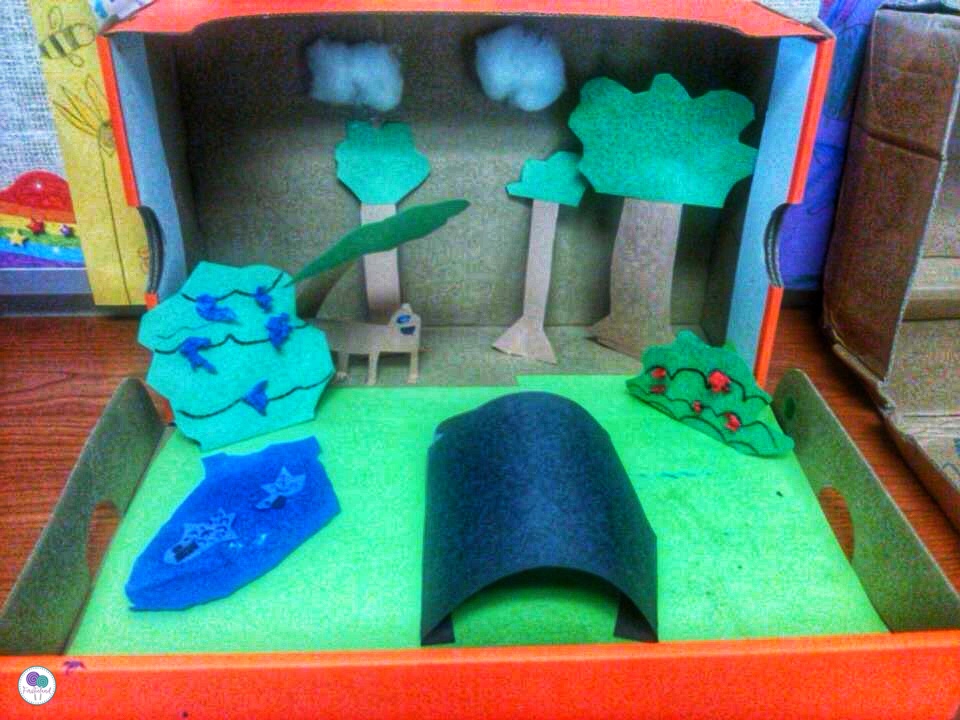

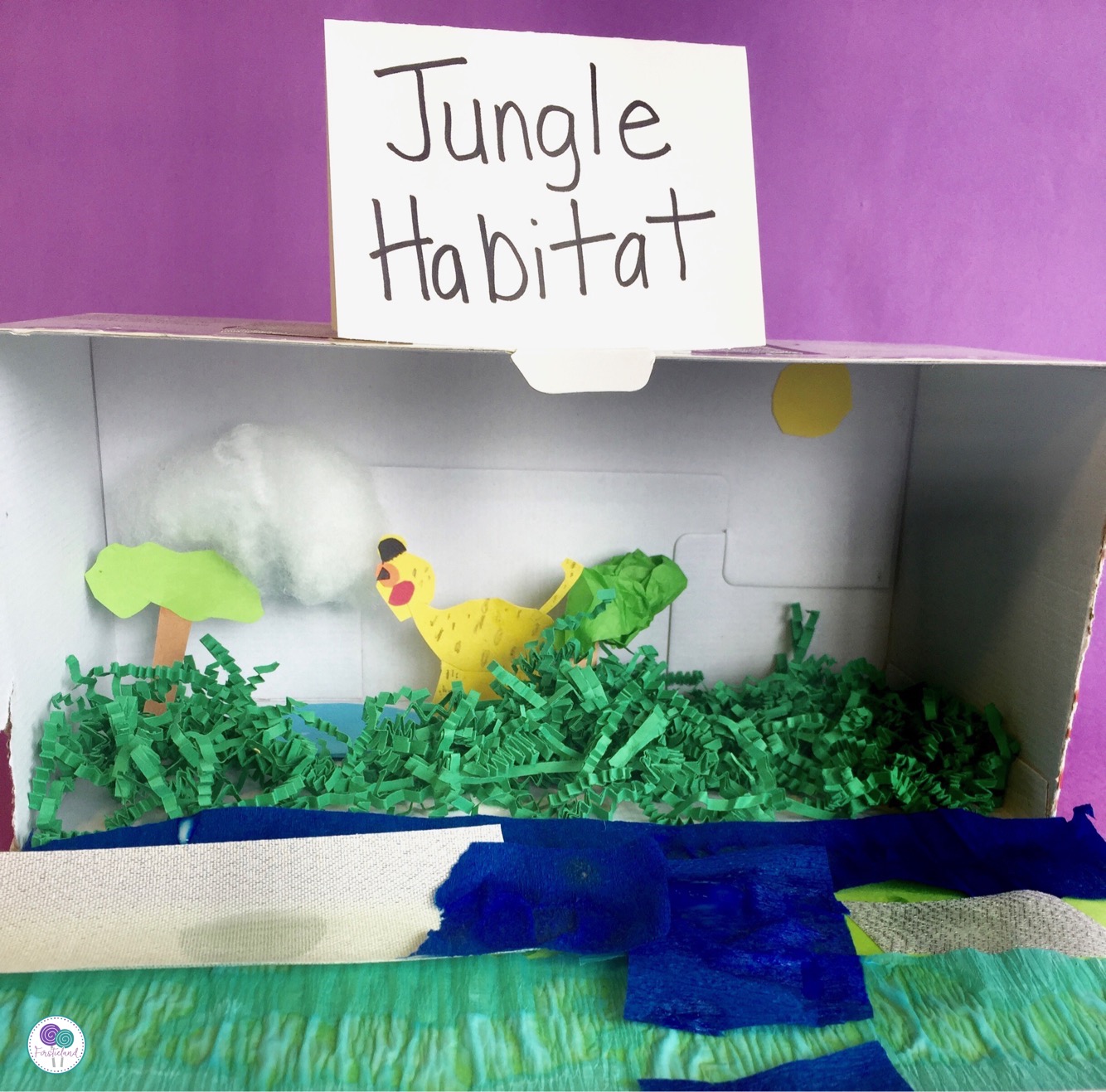
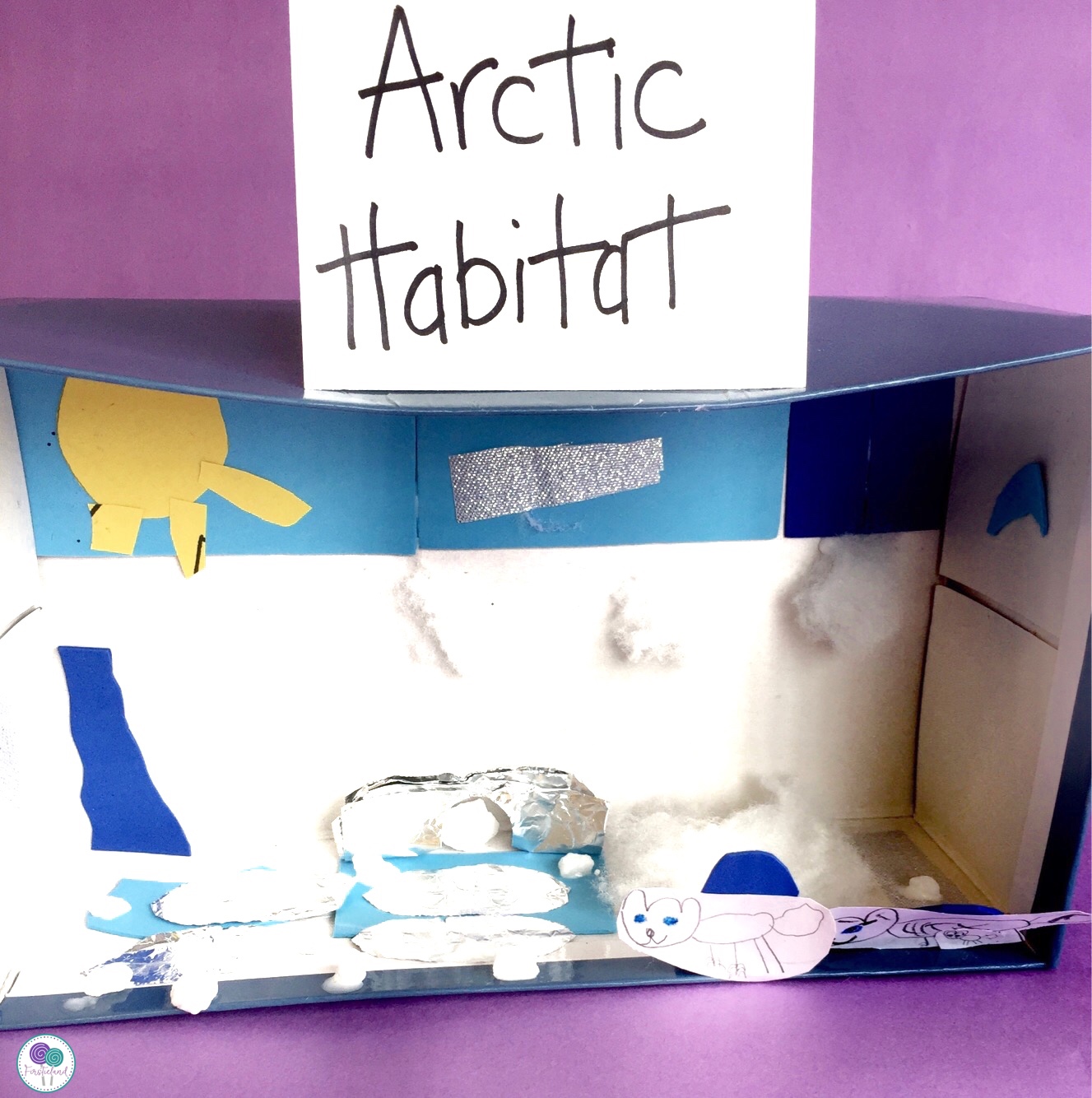
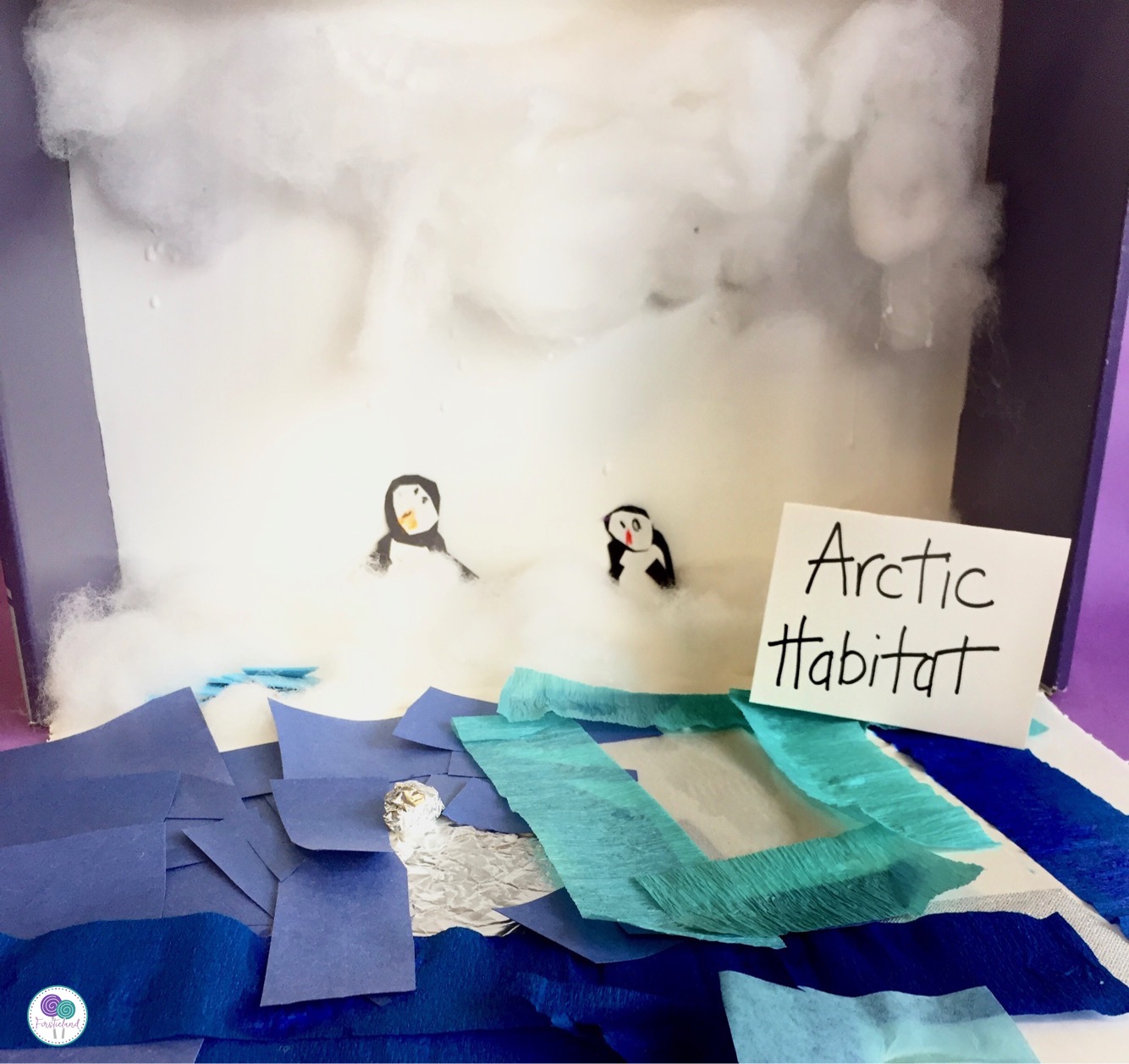
Writing Our Reports
